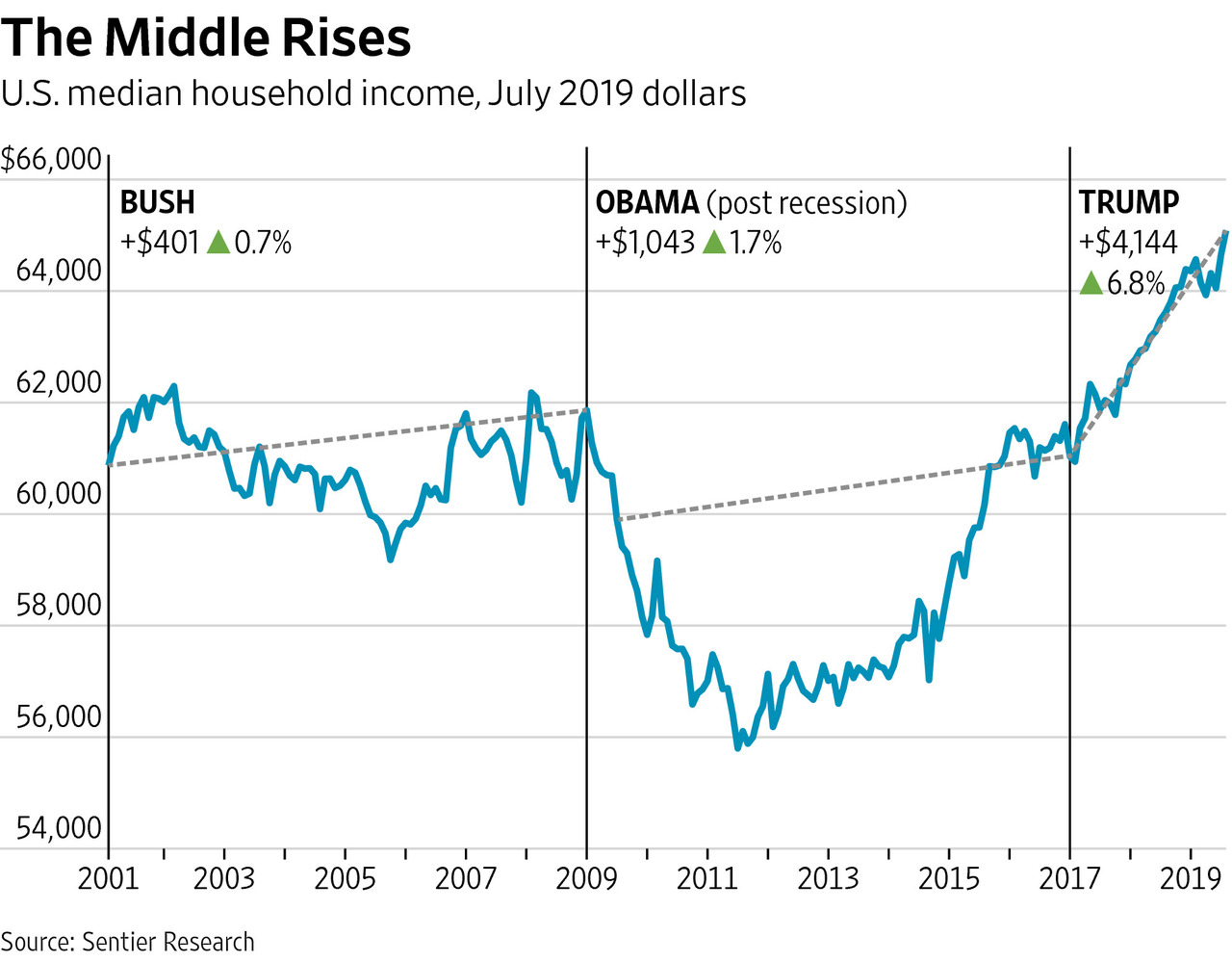(p. A15) We are at the end of an era in American higher education. It is an era that began in the decades after the Civil War, when colleges and universities gradually stopped being preparatory schools for ministers and lawyers and embraced the ideals of research and academic professionalism. It reached full bloom after World War II, when the spigots of public funding were opened in full, and eventually became an overpriced caricature of itself, bloated by a mix of irrelevance and complacency and facing declining enrollments and a contracting market. No one has better explained the economics of this decline—and its broad cultural effects—than Richard Vedder.
. . .
“Restoring the Promise: Higher Education in America” is a summary of the arguments he has been making since then as the Cassandra of American colleges and universities.
. . .
At Mr. Vedder’s alma mater, Northwestern, tuition rose from 16% of median family income in 1958 to almost 70% in 2016. Over time, armies of administrators wrested the direction of their institutions away from the hands of faculties and trustees.
. . .
Though Mr. Vedder’s critique concentrates on the economic mire into which higher education has tumbled, he is not alone in his more general criticism. Over the past 20 years, analysts as diverse as Derek Bok, Alan Kors, Richard Arum and Josipa Roksa, Jeffrey Selingo, and Benjamin Ginsberg have warned that higher education, in its current form, is a dinosaur—an over-built, under-achieving creature whose chances of survival are increasingly dim. But on it lumbers. . . .
What may, . . ., bring about some kind of change is the dramatic fall-off in American birth rates since the Great Recession of 2008, as highlighted in Nathan Grawe’s “Demographics and the Demand for Higher Education” (2018). No amount of federal student loans, or tuition increases, will do colleges and universities any good when, over the next decade, the pool of age-eligible students shrinks by 13% (by Mr. Grawe’s estimate). Inventing online alternatives and attracting full-tuition students from abroad is one way of paying the bills, but colleges have been trying both strategies for the past two decades, so the yield may not increase by much.
For the full review, see:
Allen C. Guelzo. “BOOKSHELF; High Cost, Low Yield; A college degree is ever more common these days, but it comes with ever heavier loan burdens and, in many cases, only limited job prospects.” The Wall Street Journal (Tuesday, June 25, 2019): A15.
(Note: ellipses added.)
(Note: the online version of the review has the date June 24, 2019, and has the title “BOOKSHELF; ‘Restoring the Promise’ Review: High Cost, Low Yield; A college degree is ever more common these days, but it comes with ever heavier loan burdens and, in many cases, only limited job prospects.”)
The book under review is:
Vedder, Richard. Restoring the Promise: Higher Education in America. Oakland, CA: Independent Institute, 2019.


